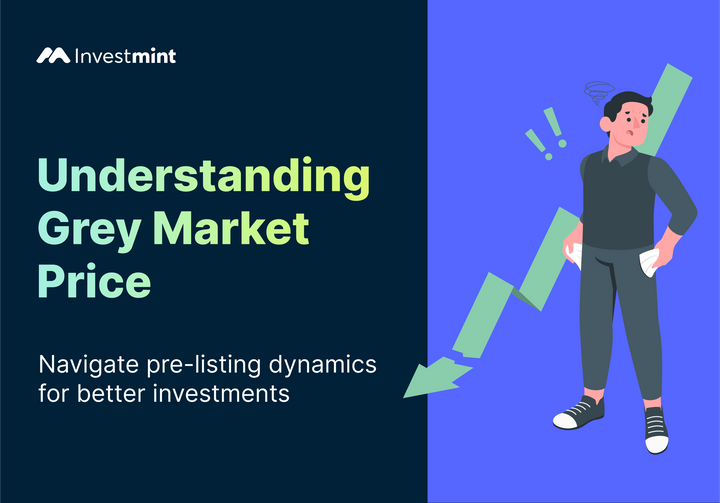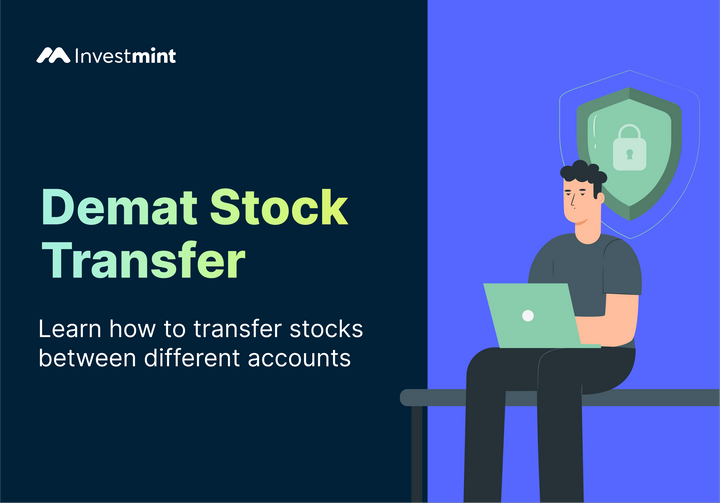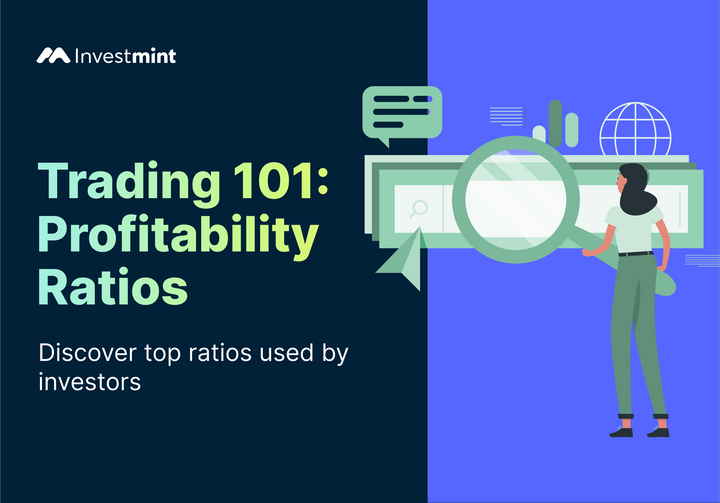What Is Backtesting Trading Strategies, How Does It Work?
Learn what is backtesting and how to backtest your trading strategies to make informed data-driven decisions and achieve your financial goals in the stock markets.

About Backtesting
Backtesting is a powerful tool for traders and investors to evaluate the performance of their trading strategies. It involves testing a system using historical market data to assess how it would have performed in the past.
Backtesting provides insights into the strategy's profitability, risk management, and overall effectiveness as it simulates trades based on specific rules and parameters. This process allows traders to make data-driven decisions, fine-tune their strategies, and gain confidence before applying them in real-time markets.
In this article, we will explore all about backtesting, how to backtest a trading strategy and everything you need to know about it.
Example Of Backtesting
Let's say Abhimanyu wants to test a trading strategy where he goes short on a stock when the short-term moving average (MA) falls below the long-term MA, believing it can lead to 1.5 times more profit. Here's how he can backtest it:
First, Abhimanyu selects a specific time to work with and gathers the price data for that period. He calculates the moving averages based on the chosen timeframes. He sells the stock whenever the short-term MA falls below the long-term MA.
After executing the strategy, he can plot the returns, analyse the resulting curve, and assess the performance. This analysis helps Abhimanyu to decide whether to proceed with or reject the strategy based on the observed outcomes.
Backtesting vs Forward testing
First, you must know what backtesting and forward testing are and their respective advantages and limitations.
Backtesting provides a controlled environment to assess strategy performance using historical data, while forward testing allows traders to validate strategies in real market conditions, considering factors like slippage and liquidity.
Why Does Backtesting Matter?
Backtesting is an integral part of the trading process to enhance the chances of success in real-time markets. It matters for several reasons:
Strategy Evaluation:
Backtesting allows you to evaluate the performance of their trading strategies using historical market data. It helps assess how the strategy would have performed in the past, providing insights into its profitability, risk management, and overall effectiveness.
Decision Making:
Backtesting helps you to make data-driven decisions based on the historical performance of their strategies. It also helps you to identify its strengths and weaknesses, refine your approach, and optimise your trading strategies before deploying them in real-time markets.
Risk Mitigation:
Backtesting helps identify potential risks and pitfalls in a trading strategy. It allows you to evaluate the strategy's performance in different market conditions and adjust its risk management techniques accordingly.
Confidence Building:
Backtesting provides you with a level of confidence in your strategies. Seeing how the strategy might have performed in the past allows you to grasp its potential and limitations better, encouraging confidence when implementing the approach in real-time.
Strategy Refinement:
Backtesting allows you to iterate and refine your trading strategies. You can optimise your tactics, fine-tune entry and exit criteria, and respond to changing market conditions by analysing the results and making modifications.
How to Backtest a Trading Strategy?
Here are the steps you need to follow to backtest a trading strategy-
Step 1: Define the Strategy: Outline the rules and parameters of your trading strategy clearly—including the entry and exit rules, indicators, and parameters that will guide your trades.
Step 2: Gather Historical Data: Obtain historical price data for the financial instrument on which you want to test your strategy. Ensure the data is accurate and covers a relevant time.
Step 3: Set the backtesting timeframe: Determine when you want to backtest.
Step 4: Choose the initial capital: Decide on the amount of capital you will use for your simulated trades.
Step 5: Calculate indicators: If your strategy involves technical indicators, calculate these indicators based on the historical price data.
Step 6: Simulate trades: Starting with the initial capital, simulate each trade based on your defined entry and exit rules. Keep track of profits and losses for each trade.
Step 7: Analyze the results: Evaluate the performance of your strategy by analysing key metrics such as total return, drawdowns, win/loss ratio, and risk-adjusted returns.
Step 8: Refine the strategy: Based on the results, refine your strategy by making adjustments to the entry/exit rules or other parameters. Iterate through the backtesting process to optimise your strategy further.
Step 9: Consider real-world factors: Backtesting is a simulation that may not fully capture real-world factors such as liquidity, news events, or sudden price movements.
Step 10: Perform forward testing: Once you are satisfied with the backtest results, proceed with forward testing in a live or paper trading environment to validate the strategy's performance in real-time market conditions.
Step 11: Monitor and adapt: Continuously monitor your strategy's performance in real time. Be prepared to adapt to changing market conditions and refine your approach accordingly.
Advantages & Disadvantages of Backtesting Strategies
While backtesting is a valuable tool, it should be used with other forms of analysis and validation.
Here’s a quick overview of its advantages and disadvantages-
What is the Best Backtesting Strategy?
The best backtesting strategy starts with a clear and well-defined trading plan, including specific entry and exit rules. Use accurate historical data and factor in realistic transaction costs. Implement risk management techniques to protect your capital. Test your strategy across different time frames and market conditions to ensure its adaptability. Optimise your strategy by fine-tuning parameters and validate its performance through forward testing. Remember, the best strategy is one that aligns with your trading goals and suits your style, so experimentation and continuous refinement are key.
Summary
- Backtesting is a powerful tool to evaluate trading strategies using historical data.
- It helps traders assess strategy profitability, risk management, and effectiveness.
- Traders can make data-driven decisions and gain confidence before real-time implementation.
- Steps for backtesting: Define strategy, gather data, simulate trades, analyse results, refine and forward test.
- Backtesting has advantages like objective evaluation, risk assessment, and strategy refinement, but it also has limitations and requires accurate data.
Checkout more interesting reads on our blog





